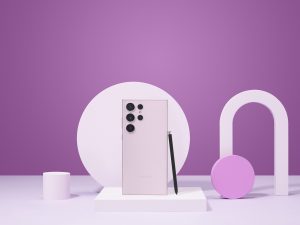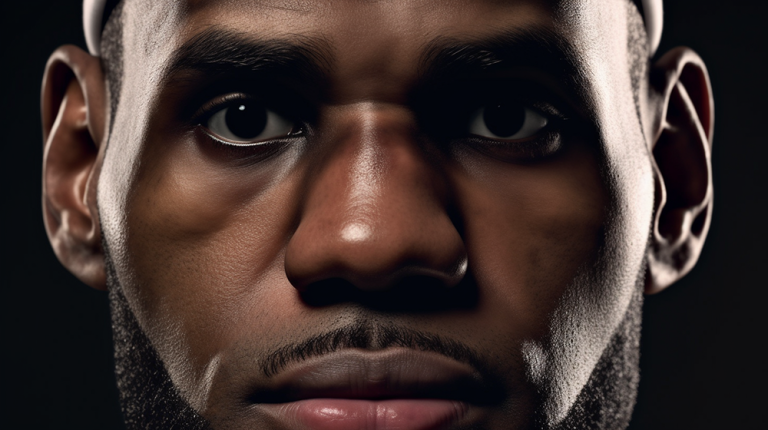One of the major criticisms of the Wii U is that Nintendo took too long to jump on the high definition bandwagon. When the Wii launched in 2005, smartphones were mostly BlackBerry and Windows Mobile phones that no one but a business executive would use. In 2007 when the iPhone launched, the way consumers use electronics changed forever. With the launch of the App Store and literally thousands of developers jumping on board, consumers are overwhelmed with casual games right on their phones.
People who bought the original Wii for casual games to enjoy with their families were now happily pecking away at their phones, shooting pigs with birds and playing endless runners. No one wanted to waggle a Wii remote around in order to bowl with grandpa, so the Wii was quickly forgotten by the casual audience. Nintendo themselves realized this, which is why the end of life cycle for the Wii was so barren. Aside from a few choice JRPGs to appeal to a niche audience, the last Nintendo released title for the Wii that wasn’t a Just Dance or compilation game was Kirby’s Return to Dream Land in 2011.
The transition from Wii to Wii U was a rough one for Nintendo because it was moving into uncharted territory where Nintendo was no longer the pioneer. Nintendo pioneered motion controls for the home console and later both Sony and Microsoft aped that success. Now Nintendo attempted to do the same with a high-definition console and severely underestimated the time it takes to develop games designed to run at 720p/1080p.
While the successes and failures of Wii U will directly impact how well Nintendo’s next platform does, one has to wonder if they’re not jumping in too late playing follow the leader yet again, instead of innovating like the Kyoto company has done so well in the past. Today the term QOL was trademarked by Nintendo in Japan, meaning they’re planning on going full force with this new platform. However, given the focus on health and wearable tech, Nintendo will face stiff competition not just from traditional rivals like Microsoft and Sony, but also new arrivals Google and Apple.
The Rise of Wearable Tech
With the launch of the Pebble Kickstarter, many people began wondering if there were better ways to interface with a smartphone device rather than pulling it out of your pocket every time you want to use it. The Pebble was the first stepping stone to success in terms of wearable tech, but both Google and Apple have announced intentions to join the wearable tech race. Google’s first example came today, with its Android Wear concept video.
Google is shaping Android to be more than just a smartphone interface, backed by Google Now technology that means a watch produced by Google could be more than just a fitness device, or a way to track your notifications, as so many devices are relegated to today. Apple isn’t to be counted out either, despite no official announcement being made yet. The ever present rumor of the iWatch puts it being able to interface with Apple devices in order to monitor blood sugar, oxygen, and hydration levels.
So where does this leave Nintendo? What sort of platform are they working on? We don’t know. No announcements have been made yet and we don’t expect them until E3 of this year, but if we follow the pattern of the Wii U reveal, it could be up to two years before we see more solid information about the direction Nintendo is going with its new platform. Within 2 years, wearable tech will have evolved in the same way smartphones and tablets rapidly evolve due to consumer demand.
This could put Nintendo launching a platform that has already outgrown itself when Nintendo declared it was interested in bringing new tech to the table. Nintendo needs to approach the launch of its QoL platform with caution, but also with speed that it has never displayed in the launch of any of its previous platforms. No matter how Nintendo plans to approach it, competition is coming from all sides now, especially with the health-focused stuff Nintendo seems to want to push over just video games.
What is non-wearable tech?

One of the main points of Nintendo’s QoL announcement was a leap frog strategy that would see them jumping from console and handheld production, directly over mobile and wearable tech to non-wearable tech. What does that mean? It seems as though Nintendo might be interested in creating a health-oriented console that features something like Wii Fit U and the Wii Fit Meter as its main proponent, which would be a combination of wearable and non-wearable tech.
Is there a demand for a console dedicated to an experience like Wii Fit U? I suppose that depends on price, target audience, and whether or not it is marketed correctly. With the world focusing on things you take with you throughout your day, Nintendo’s gamble on non-wearable tech might be just as big as the gamble of the Wii U.











